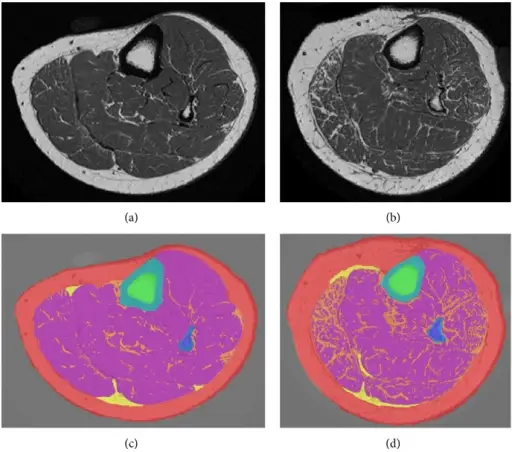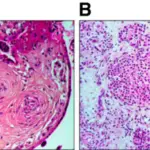Maturity onset diabetes of the young (MODY) is a type of diabetes that occurs mostly in young people and occurs due to a mutation in one of the six genes involved in insulin production, characterized by abnormally high levels of blood sugar.
What is the Pathology of Maturity Onset Diabetes of the Young?
The pathology of maturity-onset diabetes of the young is:
-Etiology: The cause of maturity-onset diabetes of the young is gene mutation mostly, genetic inheritance.
-Genes involved: HNF1A, GCK, HNF4A, HNF1B.
-Pathogenesis: The sequence of events that lead to maturity-onset diabetes of the young: the mutation in one of the genes responsible for the development and the function of the beta cells causes them to underdeveloped and fail in their position; hence insulin is not produced due to the altered function of the beta cells.
-Morphology: None.
-Histology: None relevent.
How does Maturity Onset Diabetes of the Young Present?
Patients with maturity-onset diabetes of the young typically affect obese children, teenagers, and adolescents present at an age range of 30 years. The symptoms, features, and clinical findings associated with maturity-onset diabetes of the young include increased blood sugar levels, polydipsia, polyuria.
How is Maturity Onset Diabetes of the Young Diagnosed?
The maturity-onset diabetes of the young is diagnosed urinalysis, lab workups, and genetic testing.
How is Maturity Onset Diabetes of the Young Treated?
The maturity-onset diabetes of the young is treated by diet modification, exercise, sulfonylureas, close management of blood sugar.
What is the Prognosis of Maturity-Onset Diabetes of the Young?
The prognosis of maturity onset diabetes of the young is fair.



